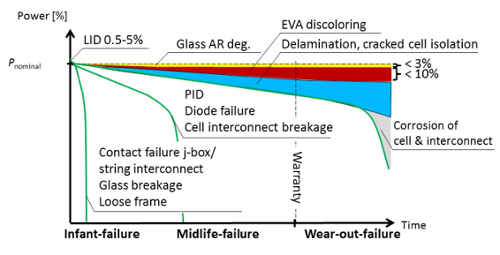What is the biggest problem with PV plants? They may work, but you can never be sure how well or whether they ever achieve the maximum performance of which they are capable. Or whether slow-burning problems such as PID are developing. And indeed, the International Energy Agency (IEA) found in a major study that most plants do not deliver the performance they could - but hardly a single operator is aware of this.
And how could they be? So far, monitoring occurs mainly only at the current collection points such as the inverters, and sometimes at the strings.
Discrepancies in measurements show THAT there is a problem, but not ITS NATURE. Or even WHICH MODULE is concerned.
But when I know, THAT there is a problem, how can I find out at little expense, WHAT to do?

Until now, monitoring meant the collection of data. In order to interpret this data, specialists and expensive and time-consuming on-site investigations were necessary.
Over the course of its lifetime, a module may face diverse errors - which can worsen over the years. Besides degradation this can be delamination, or cell corrosion, cell cracks, micro cracks, Hot Spots, PID, etc....


